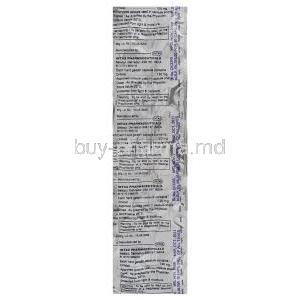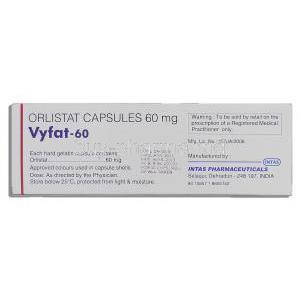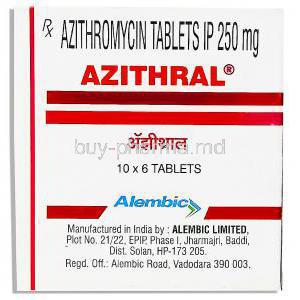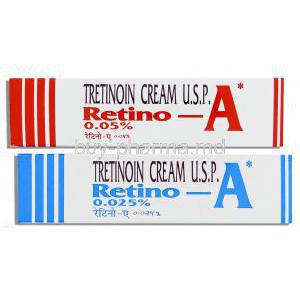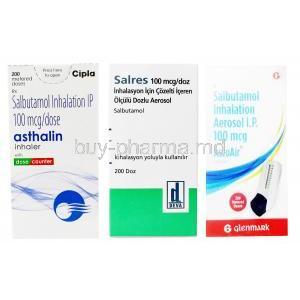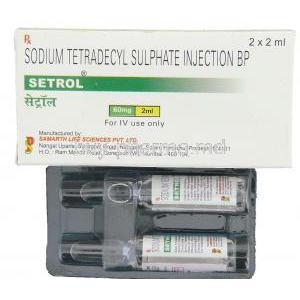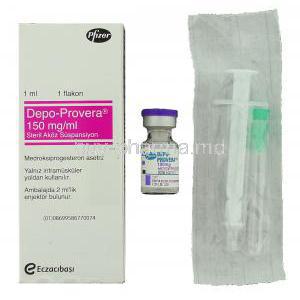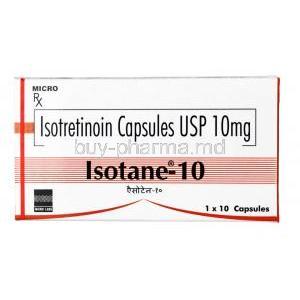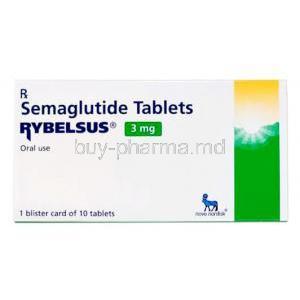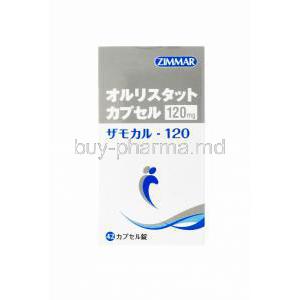Introduction to Vyfat (Orlistat)
Overview of Vyfat capsules
Vyfat contains Orlistat in a clinically appropriate capsule form. It is widely used for weight control and obesity management in diverse metabolic conditions.
- Suitable for chronic weight regulation
- Often prescribed when BMI thresholds indicate clinical need
Role of Orlistat as a gastrointestinal lipase inhibitor
This agent impedes lipase enzymatic activity in the gastrointestinal lumen, leading to reduced triglyceride breakdown. The result is impaired fat absorption and increased elimination through stool.
Overview of prescription and OTC strengths globally
Orlistat is marketed in 120 mg prescription formulations and 60 mg over-the-counter variants. Country-specific regulatory pathways influence availability.
Pharmacological Composition
Active ingredient and strength details
The active moiety in Vyfat is Orlistat, generally available as 120 mg per capsule. This potency corresponds to effective inhibition of lipase functionality.
Mechanism classification: lipase inhibitor
Pharmacologically, Orlistat is classified as a potent lipase inhibitor with targeted intestinal action. Its activity is non-systemic, so systemic absorption remains minimal.
Inactive excipients and capsule formulation notes
Excipients may include microcrystalline cellulose, titanium dioxide, gelatin, and stabilizers that enable capsule integrity, dissolution, and absorption alignment.
Primary Uses of Vyfat (Orlistat)
Weight management in obesity
Vyfat is commonly recommended for obesity management when dietary modification alone is insufficient. Clinicians often incorporate it into structured lifestyle modification programs.
Use in overweight patients with additional metabolic risk factors
Overweight individuals with cardiovascular risk factors such as dyslipidemia or hypertension may benefit from weight reduction aided by Orlistat.
Prevention of weight regain after weight loss
Vyfat may assist in maintaining weight loss once a reduction has already been achieved. Stabilization of reduced adiposity is an important therapeutic outcome.
Off-Label Uses of Orlistat
Potential use in non-alcoholic fatty liver disease
Some observational literature suggests ancillary utility in NAFLD patients. Fat reduction may modulate hepatic lipid deposition.
Insulin resistance support in metabolic syndrome
Fat limitation may indirectly attenuate insulin resistance. This phenomenon is occasionally explored in metabolic syndrome management.
Adjunct in impaired glucose tolerance
Orlistat is sometimes utilized as an adjunct agent in individuals with pre-diabetic glycemic indices. Clinical decision-making remains case-specific.
How Vyfat Works
Mechanism of lipase inhibition in the gastrointestinal tract
The drug binds covalently to gastric and pancreatic lipases, rendering them inactive. Dietary triglycerides thus cannot convert into absorbable fatty acids.
Reduction of dietary fat absorption pathway
Fat absorption reduction can reach ~30% in standard therapeutic dosing.
Resulting caloric deficit and weight loss outcomes
Reduced caloric uptake translates to measurable weight reduction, provided dietary fat consumption remains moderated.
Dosage and Administration Guidelines
Standard adult dosing and timing with meals
Typically, Vyfat is taken three times daily with main meals that contain fat. Timed ingestion ensures maximum lipase inhibition.
Administration considerations with high-fat meals
High-fat meals increase gastrointestinal side effects. Balanced macronutrient distribution is recommended.
Missed dose instructions
If a meal is skipped or contains no fat, Vyfat dosing may be omitted.
Duration of therapy and weight-loss targets
Reassessment is suggested after 12 weeks. If adequate weight reduction is not achieved, therapy strategy may be revised.
Important Precautions and Careful Administration
Vitamin deficiency risk and need for supplementation
Fat-soluble vitamin absorption is hindered, therefore supplementation with A, D, E, and K may be required.
Patients with chronic malabsorption syndrome
Individuals with chronic malabsorption syndromes require careful evaluation due to inherent fat assimilation anomalies.
Thyroid medication considerations
Orlistat may alter levothyroxine bioavailability. Time separation between dosing is advised.
Contraindications for Vyfat
Known hypersensitivity to Orlistat or formulation components
Hypersensitivity responses require absolute contraindication.
Chronic malabsorption syndromes
Orlistat is contraindicated in severe malabsorption disorders.
Cholestasis and severe hepatic dysfunction
Patients with cholestasis or advanced hepatic impairment should avoid Orlistat.
Side Effects of Vyfat
Common gastrointestinal side effects related to fat excretion
Overt steatorrhea-like effects can emerge. This includes oily evacuations, flatulence, and urgency.
Fatty stools, flatulence, fecal urgency
These symptoms are largely dependent on dietary fat content. Lowering fat intake helps mitigate effects.
Bowel habit changes and dietary fat impact
Habitual stool patterns may vary.
Common Side Effects in Everyday Use
Oil spotting on underwear
Oil leakage may occur due to unabsorbed dietary fat.
Abdominal cramping
Intermittent cramping may manifest in early phases of treatment.
Increased defecation frequency after high-fat meals
Excessive fat ingestion magnifies bowel frequency.
Drug Interactions and Supplement Guidance
Interaction with warfarin and anticoagulants
Vitamin K absorption interference may alter INR stability.
Interaction with levothyroxine therapy
Temporal dose spacing is recommended to minimize altered thyroid hormone kinetics.
Fat-soluble vitamins A, D, E, K absorption interference
Vitamin supplementation is best taken at bedtime or ≥2 hours away from Vyfat dosing.
Warnings and Safety Information
Risk of liver injury and monitoring symptoms
Liver function abnormalities have been rarely reported. Awareness of jaundice, fatigue, or dark urine is prudent.
Risk of kidney stones in some users
Oxalate-related nephrolithiasis may occur.
Pancreatitis warnings
Pancreatitis risk, though infrequent, mandates prompt clinical attention if upper abdominal pain arises.
Administration to Elderly Patients
Consideration of concurrent cardiovascular medications
Elderly individuals frequently receive multi-drug regimens for hypertension, lipid disorders, or ischemic cardiac disease. Sometimes, metabolic burden may intensify during weight reduction, therefore the clinician must evaluate potential interaction dynamics carefully.
- Polypharmacy considerations must be fully assessed before dose continuation
- Cardio-active medicines such as beta-blockers or statins may require periodic titration
Monitoring weight tolerance and nutritional status
Older adults may possess diminished physiological reserve. Nutritional depletion should not occur, especially in those with sarcopenia risk or reduced appetite.
- Dietary composition should be evaluated monthly
- Micronutrient levels may require serum testing
Administration to Pregnant Women and Nursing Mothers
Not recommended in pregnancy
Weight loss pharmacotherapy is not recommended during gestation due to fetal nutrient prioritization. Reducing caloric input during pregnancy may compromise fetal growth dynamics.
Lack of sufficient lactation data
Pharmacokinetic diffusion into breast milk remains insufficiently clarified. Until such pathways are elucidated, caution is strongly advised.
Weight reduction therapy not recommended during pregnancy
Gestational metabolic adaptations demand adequate caloric intake. Weight modification interventions should not be undertaken during this period.
Administration to Pediatric Populations
Limited use in adolescents under specialist supervision
Pediatric utilization is generally reserved for obese adolescents with well-defined clinical justification. A pediatric endocrinologist or obesity specialist should supervise.
Nutritional monitoring in growing children or teens
Growth trajectories must not be compromised. Dietetic evaluation is strongly suggested when weight control therapy is considered.
Overdosage Management
Symptom profile in excessive ingestion
Overdose usually provokes exaggerated gastrointestinal events such as oily expulsions or colicky pain. Systemic manifestations remain uncommon due to minimal absorption.
Supportive care and observation
Supportive therapy, fluid balance regulation, and symptom-driven monitoring constitute the principal management algorithm.
No specific antidote and emergency measures
No established antidote currently exists. Emergency assessment is performed to rule out complications, although many cases remain benign.
Handling and Storage Precautions
Storage temperature and humidity guidelines
Products should be maintained at stable room temperature away from excessive humidity. Volatile conditions may degrade pharmaceutical integrity.
Keep out of reach of children and misuse prevention
Accidental consumption is more likely in minors. Protective storage measures are therefore mandatory.
Shelf-life and expiration handling
Expired capsules should not be used. Disposal should be performed according to pharmaceutical waste standards.




